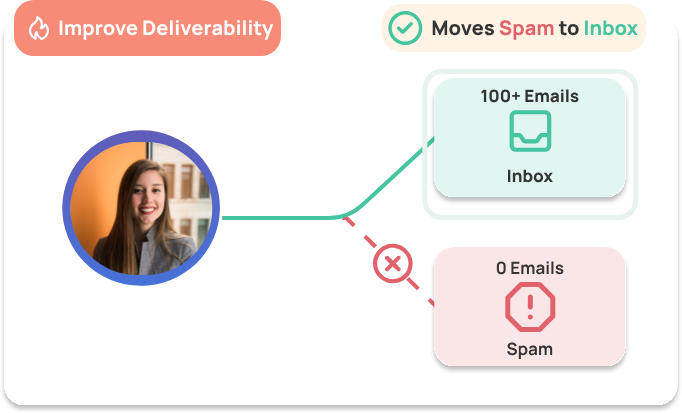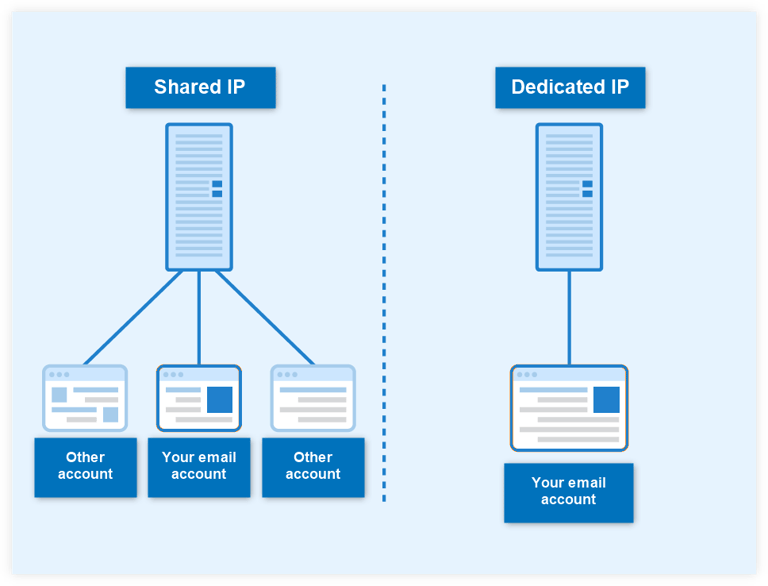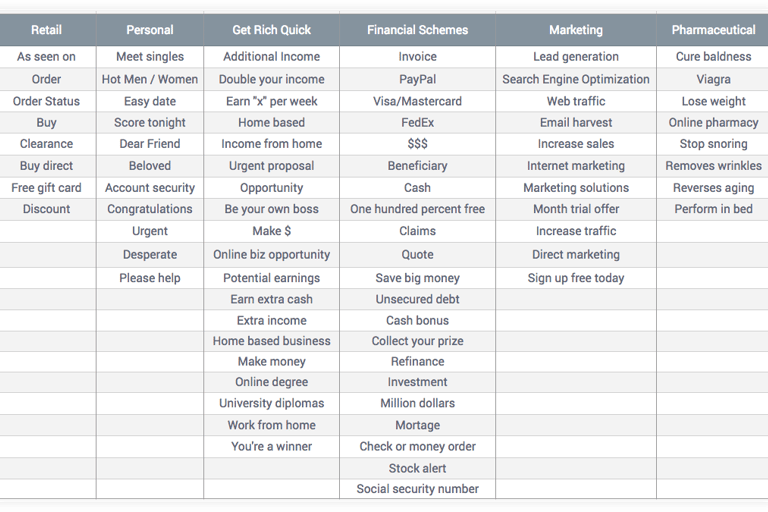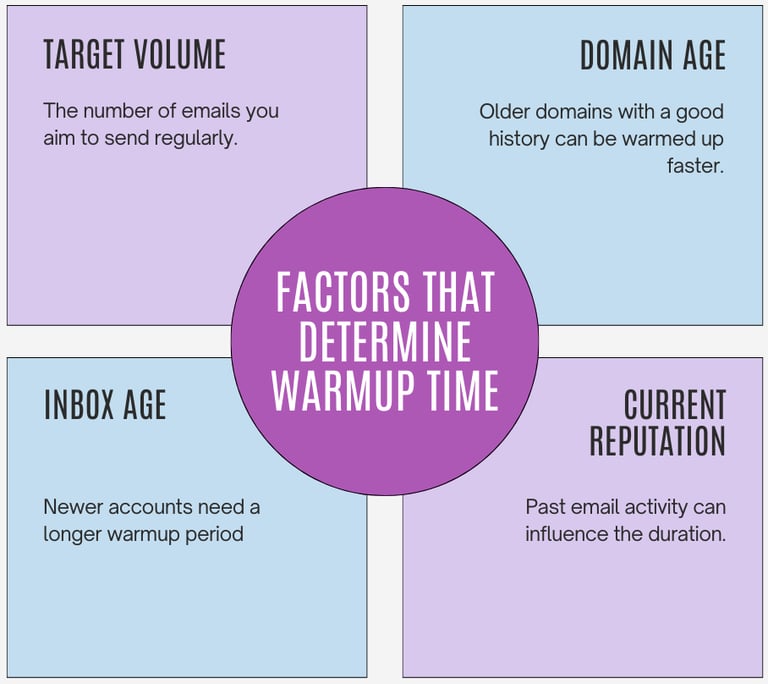Understanding Email Warm-Up Importance & How-to
Email warm-up is a crucial process that enhances the reputation of a new or dormant email account, ultimately improving its deliverability.
8/8/20244 min read


Understanding Email Warm-Up: Importance and Best Practices
Email warm-up is a crucial process that enhances the reputation of a new or dormant email account, ultimately improving its deliverability. By gradually increasing the volume of emails sent, you establish trust with email service providers (ESPs), thereby reducing the risk of being marked as spam.
In this article, we will explore the significance of the email warm-up process, how it helps prevent your messages from landing in spam folders, and the best practices to follow for successful email campaigns.
What is Email Warm-Up?
Email warm-up involves a series of actions designed to enhance the reputation of an email account, particularly one that is newly created or has been inactive for a while. This process includes sending a small number of emails daily, gradually increasing this volume, engaging with those emails, and marking them as important.
Typically, the email warm-up process takes between 8 to 12 weeks to maximize the deliverability potential of the email account. To maintain a high email reputation, it is essential to continue the warm-up practices even after this initial period.
Types of Email Reputation:
Domain Warm-Up: This improves the reputation of your email domain or its subdomains by gradually increasing the volume of sent emails.
IP Warm-Up: This focuses on enhancing the reputation of a new or cold IP address from which the emails are sent.
Why is Email Warm-Up Important?
Email warm-up is vital for any cold email outreach strategy. A well-warmed email account increases the likelihood that your messages will be delivered directly to recipients' inboxes.
Since email accounts can be used for various purposes, including sending spam or malicious content, ESPs and Internet Service Providers (ISPs) assess the trustworthiness of your email account based on its history. By gradually building your reputation through the warm-up process, you create a positive history that enhances deliverability.


Key Benefits of Email Warm-Up:
Improved Deliverability: The primary goal of email warm-up is to ensure your emails reach the recipient's inbox. ESPs and ISPs evaluate your sending history and user engagement before allowing larger email volumes.
Increased Sending Limits: New email accounts have limited sending capacities. By warming up your account, you can gradually increase your daily sending limits.
Enhanced Open Rates: A properly warmed email account can significantly improve open rates, click-through rates, and overall engagement with your messages.
Best Practices for Warming Up Your Email Account
Warming up your email account involves various actions that can enhance your email reputation over time. Here are some best practices:
Authenticate Your Account: Secure your email account with authentication methods like SPF (Sender Policy Framework), DKIM (DomainKeys Identified Mail), and DMARC (Domain-based Message Authentication, Reporting & Conformance). These measures protect your emails from being blocked and help establish your domain's trustworthiness.
Switch to a Dedicated IP: Using a dedicated IP address gives you more control over your reputation. Shared IPs can be negatively impacted by the actions of other users, whereas a dedicated IP allows you to manage your reputation independently.


Use a Custom Domain: A custom domain signals authenticity to recipients and ESPs. It enhances credibility, making your emails appear more trustworthy compared to generic email accounts.
Improve Your Email Content: High-quality, relevant content is essential. Ensure your emails are personalized, with engaging subject lines and clear preheaders. Avoid generic links and spammy language to prevent being filtered out.
Avoid Spammy Words: Certain words and phrases can trigger spam filters. Steer clear of terms like “FREE” or “BUY NOW” to maintain your reputation.


Send Individual Emails Slowly: Start by sending a small number of manually crafted emails per day. Gradually increase this number over several weeks to avoid being flagged as a spammer.
Maintain Conversations: Engaging with recipients and encouraging replies signals to ESPs that your account is trustworthy. This interaction helps build your reputation over time.
Provide an Unsubscribe Option: Including an unsubscribe link reduces the risk of spam reports. This gives recipients an easy way to opt out instead of marking your emails as spam.
Regularly Clean Your Email Lists: Sending emails to invalid addresses can damage your reputation. Regularly verify and clean your email lists to ensure they are composed of valid contacts.
Use an Email Warm-Up Tool: Automating the warm-up process with a dedicated tool can save time and enhance efficiency. These tools typically send and receive emails, monitor your reputation, and help maintain a healthy sender score.
Frequently Asked Questions
What is email warm-up and why does it matter?Email warm-up is a process that gradually improves the reputation of an email account to maximize deliverability. Warming up your inbox increases the chances that your emails will reach recipients' inboxes without being blocked.
How do you warm up an email account?The warm-up process involves various actions, including sending and replying to emails, maintaining conversations, and creating engagement over time.
How long does it take to warm up an email account?It typically takes 45 to 90 days to properly warm up a new email account. Ongoing warm-up practices are recommended to maintain a positive reputation.
How can warm-up tools improve email reputation?Warm-up tools automate the process, performing actions like sending and replying to emails, marking them as important, and managing your reputation more effectively.


Your Email Marketing Partner
Address - Shanghai, China
© 2024. All rights reserved.
Inguzleap 千竞传播
contact@inguzleap.com
